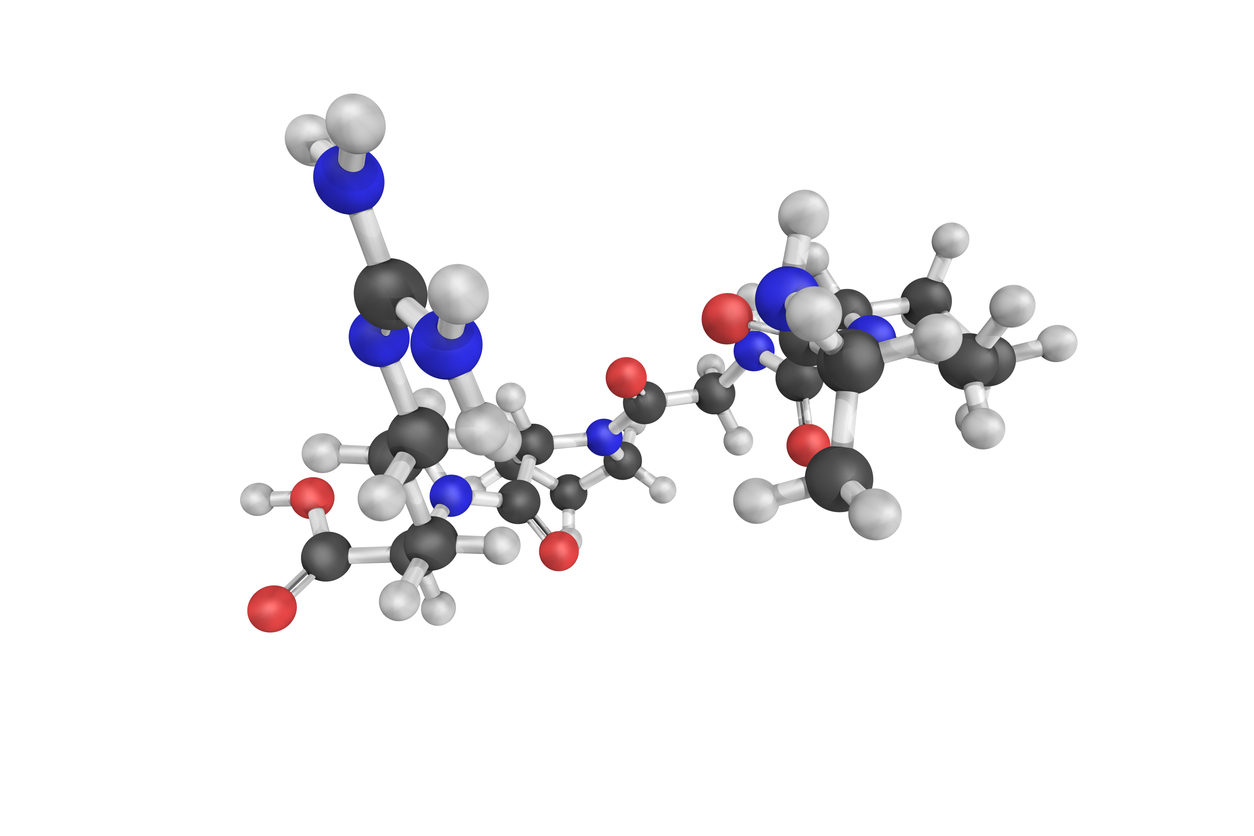Expert Knowledge
25/4/2024
Biophysical Assay Services – Measuring interactions between biomolecules
.jpg)
We have a wealth of experience characterising numerous types of biomolecular interactions. We are particularly skilled at analysing complex binding between various modalities such as antibodies, ADCs, PROTACS, molecular glues, membrane proteins, nucleic acids, LNPs, peptides and small molecules. Using our comprehensive suite of state-of-the-art instrumentation for interaction analyses, we can measure the binding between two (or more) of these molecules, determining the following key parameters:
1. Affinity: the strength of the binding between two molecules.
2. Kinetics: the rate at which molecules come together (associate) and separate(dissociate).
3. Thermodynamics: the energetics of the interaction, explaining the driving forces behind the binding event.
4. Stoichiometry: the numbers of each molecule that bind together (e.g. 1:1 or 2:1 etc.).
We can quickly identify the best biophysical technique(s) required for each interaction analysis. Many factors go into this decision, such as parameters to be measured, type of samples, throughput needed, amount of material available, solubility of interacting partners etc. Examples of the available instrumentation and their strengths are listed below:
High throughput binding assessment using Differential Scanning Fluorimetry (DSF)
DSF allows for comparison of the thermal stability of a biomolecule with and without its binding partner. Either by using intrinsic fluorescence or running the experiment in the presence of a fluorescent dye we are able to accurately measure the melting temperature (Tm) of the biomolecule as it unfolds at higher temperature. A shift in this Tm in the presence of a potential binding partner is indicative of binding. Concept Life Sciences uses either a SUPR-DSF or a QuantStudio Real-Time PCR system for DSF experiments.
Measure the thermodynamics of interactions using Isothermal Titration Calorimetry (ITC)
ITC is considered the gold standard method used to reveal the affinity, stoichiometry, and thermodynamics of an interaction. Due to the fact it is an in-solution method, that measures a fundamental biophysical property (heat released/absorbed) it is not affected by either labelling or immobilising one of the binding partners. Concept Life Sciences has both the manual and automated Malvern Panalytical Microcal ITC instruments, the latter allowing unattended measurement of tens of interactions per day.
High throughput kinetic binding analysis using Surface Plasmon Resonance (SPR)
SPR is a technique in which one interacting partner is immobilised onto a sensor chip while the other is passed over the surface, and offers real-time analysis of the affinity, stoichiometry, and kinetics of interactions. SPR assays can be multiplexed, allowing for high-throughput analyses of multiple interactions, making it well-suited to large screening campaigns, including fragments. Concept Life Sciences uses both the Cytiva Biacore 8Ksystem, (for high throughput screening) and the T200 system for in-depth characterisation of interactions.
Rapid kinetic binding assessment of challenging samples using Grating-Coupled Interferometry (GCI)
GCI is a sensor-based method similar to SPR, but offers the added advantages of increased kinetic sensitivity, non-clog fluidics and waveRAPID technology. This latter technology allows the measurement of interaction affinity and kinetics from a single concentration of a sample whereas the no-clog fluidics allows the measurements of impure samples in complex biologically relevant matrices, such as plasma and serum. CLS uses the Malvern Panalytical (Creoptix) WAVEsystem to perform GCI experiments.
Typically, no one individual biophysical technique will provide a complete understanding of a biomolecular binding event, so it is important to understand which combination of techniques will be best suited for your project. Due to the experience within our biophysical assay services team, we are able to advise you of the best options and provide you with a comprehensive understanding of how your molecules are interacting with each other. Visit our interaction analysis page for more information about our custom assay development services.
%20FINAL%20(1).png)











.jpg)

